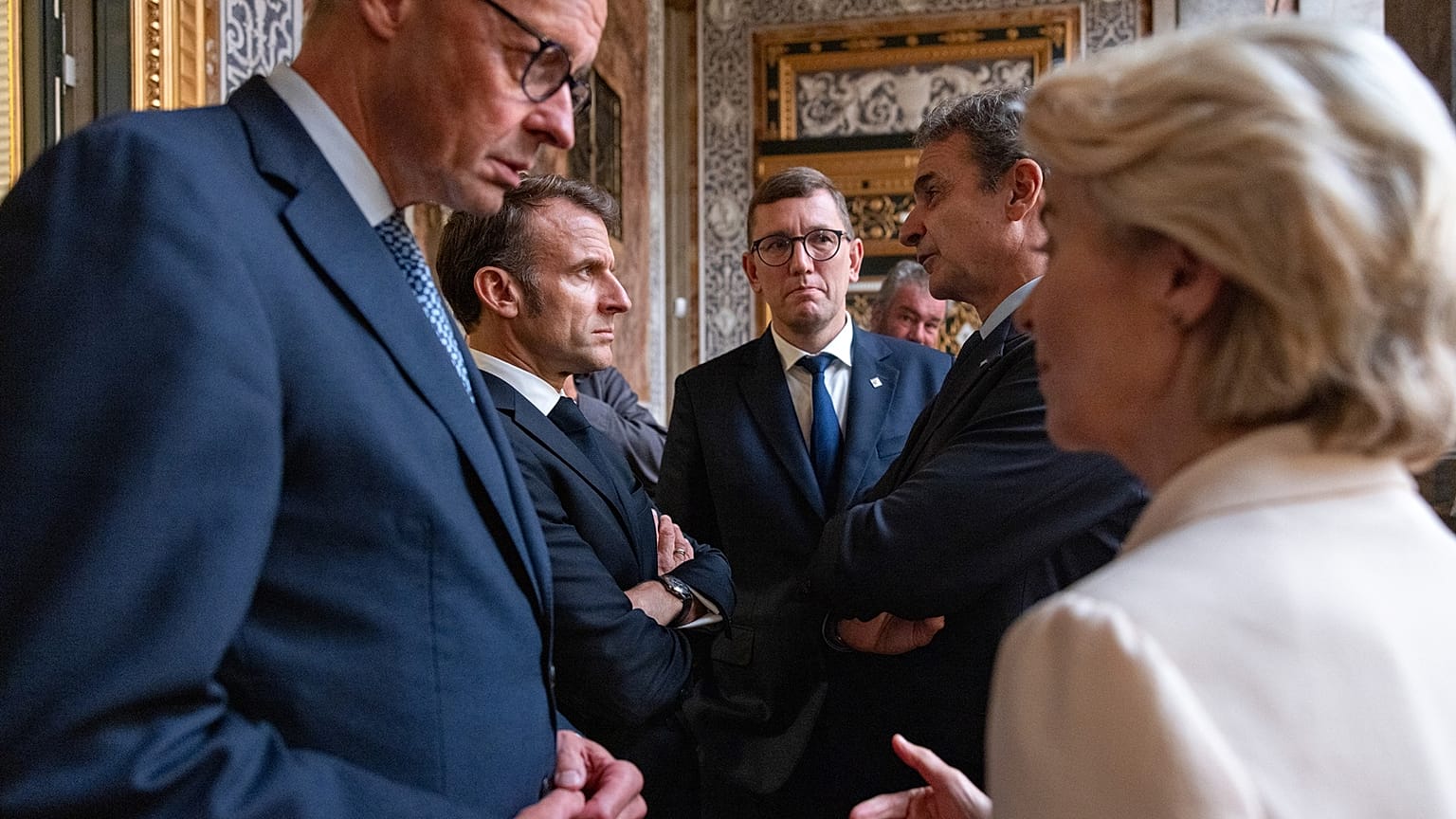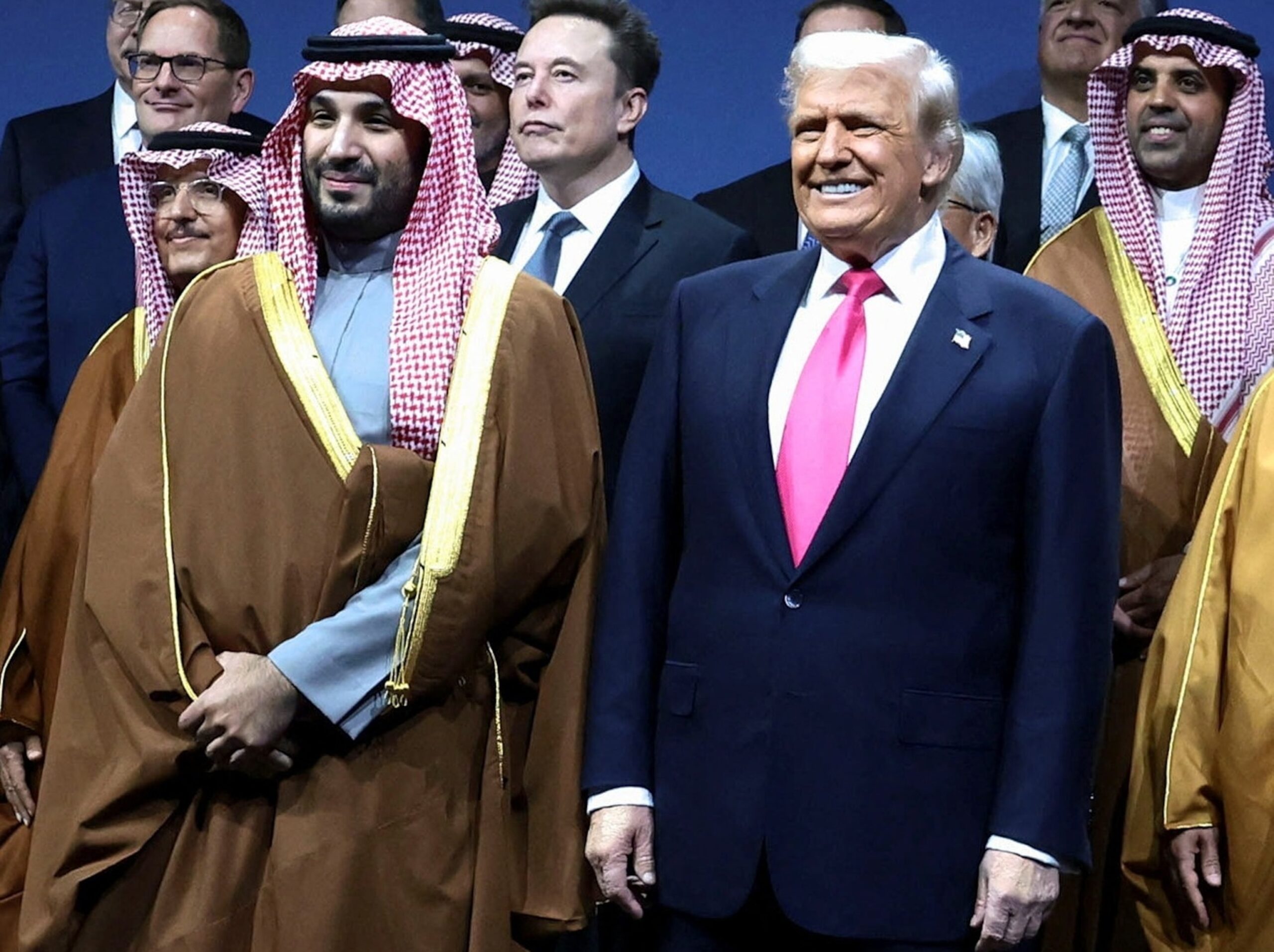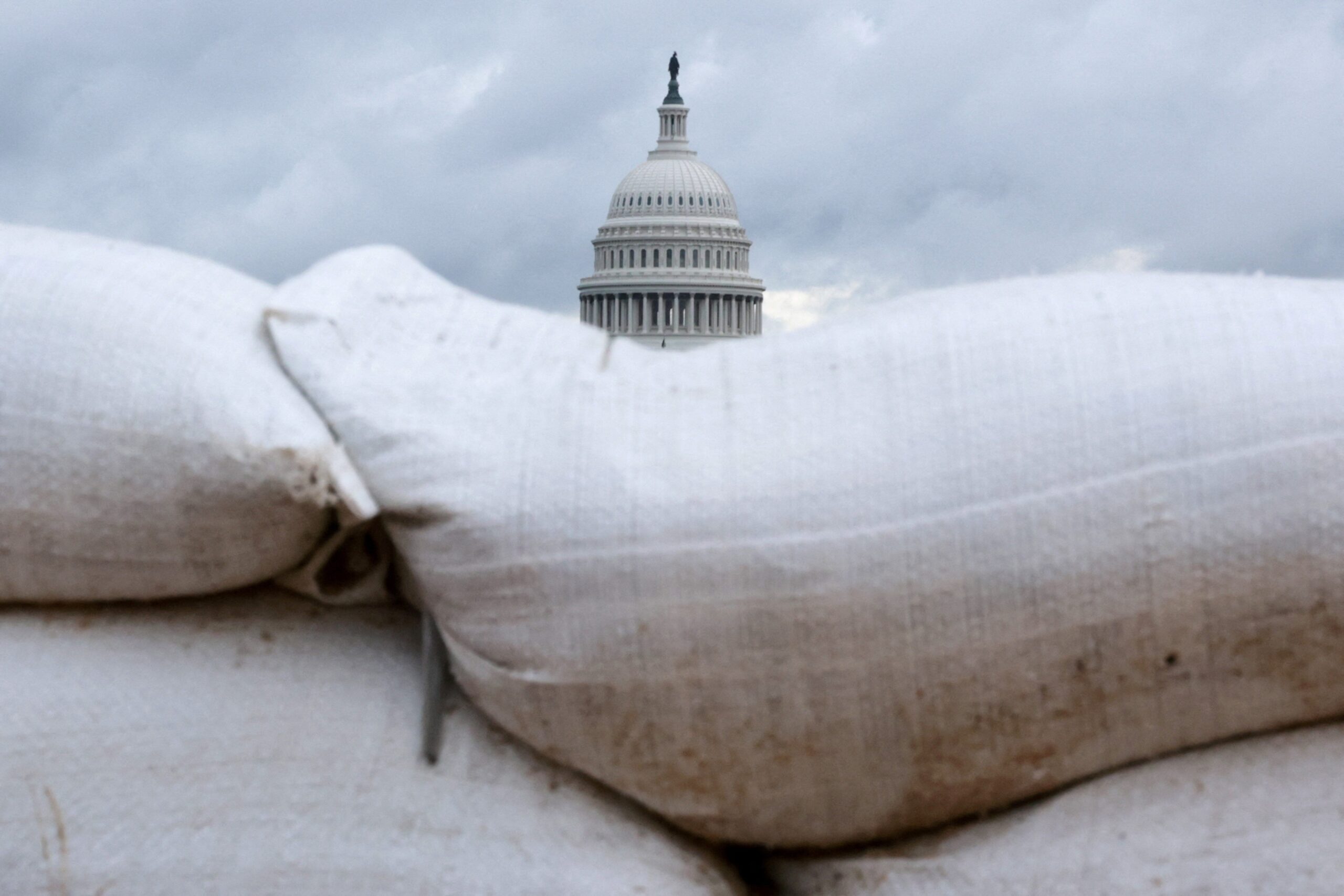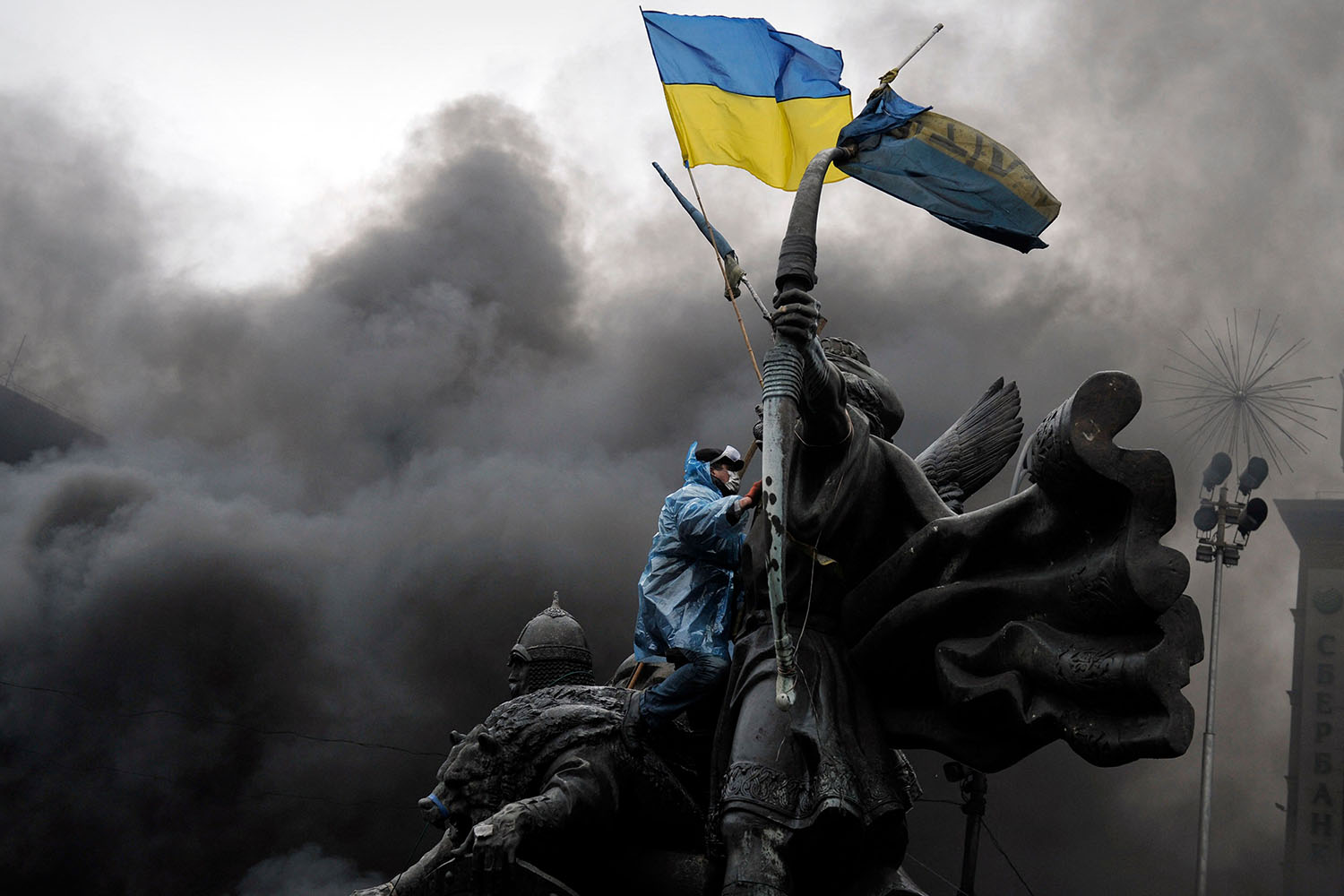European Economy Commissioner Valdis Dombrovskis revealed that EU finance ministers are examining a proposal to utilize frozen Russian assets to provide a €140 billion loan to Ukraine. The plan, discussed during an ECOFIN meeting in Luxembourg, hinges on the condition that Ukraine receives reparations from Russia, according to Dombrovskis.
The mechanism would involve retaining frozen Russian Central Bank assets until reparations are secured, eliminating the need for traditional guarantees. Eurostat is set to verify whether these arrangements would exclude the loan from national deficit and debt calculations. Dombrovskis emphasized that the funds would originate from immobilized Russian assets and remain tied to Ukraine’s future reparations.
The European Commission plans to collaborate with member states and G7 partners during the IMF Annual Meetings in Washington, DC, to refine the proposal. Over €300–350 billion in Russian assets have been frozen since 2022, with Euroclear, a Brussels-based financial clearinghouse, holding most of them. Profits from these funds have already contributed to Ukraine’s reconstruction, with over €1 billion transferred.
Euroclear has raised concerns about the risks of leveraging frozen assets, warning such actions could be perceived as indirect seizure and expose the institution to legal challenges. Belgium, France, and Luxembourg have called for safeguards to prevent any single member state from bearing excessive financial risk if the assets are returned.
EC President Ursula von der Leyen stated the Commission will address member states’ concerns. Russia has denounced efforts to use its reserves as theft, while ECB President Christine Lagarde cautioned that any use of frozen assets must comply with international law to avoid destabilizing the euro.



